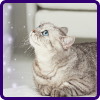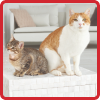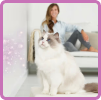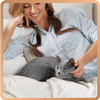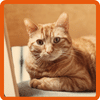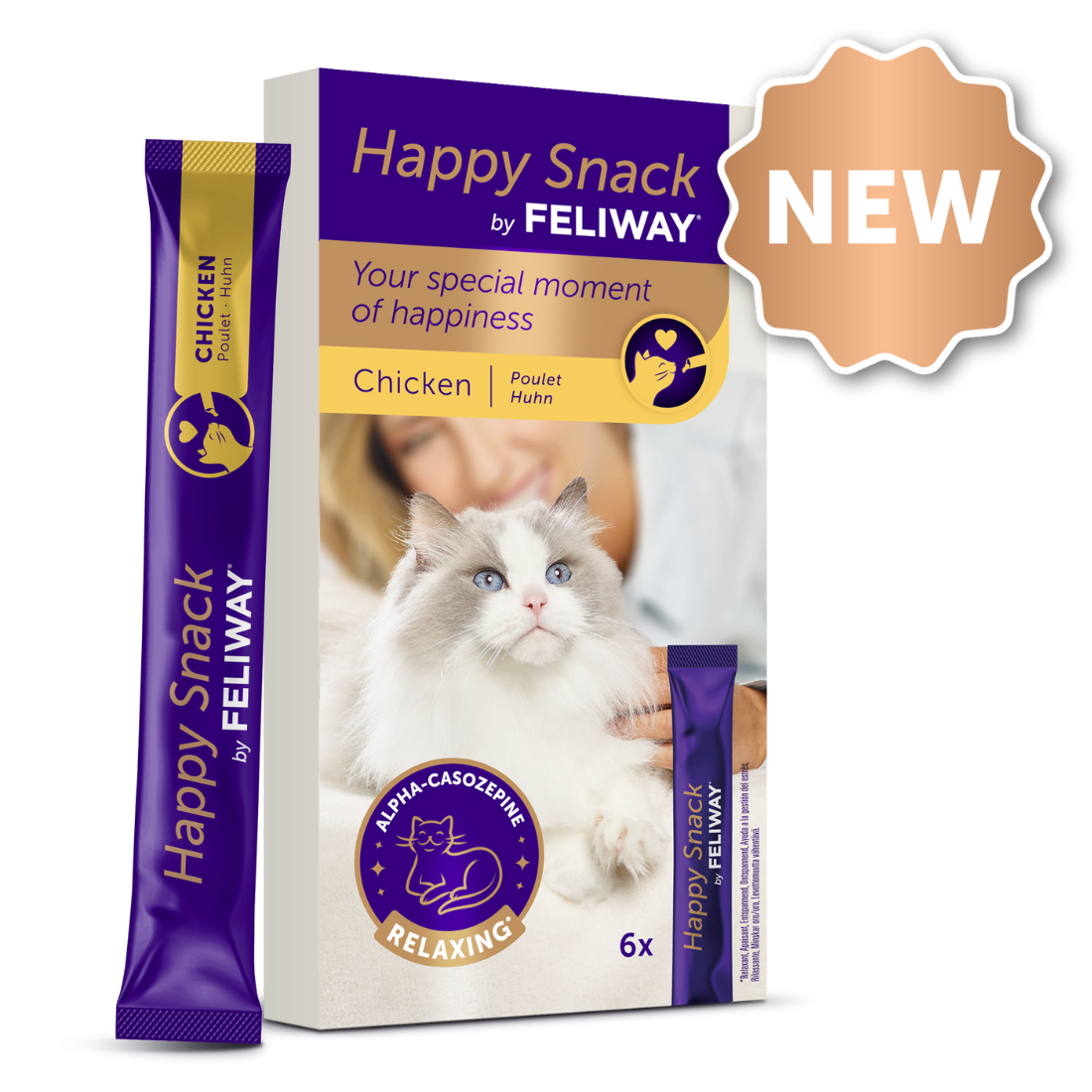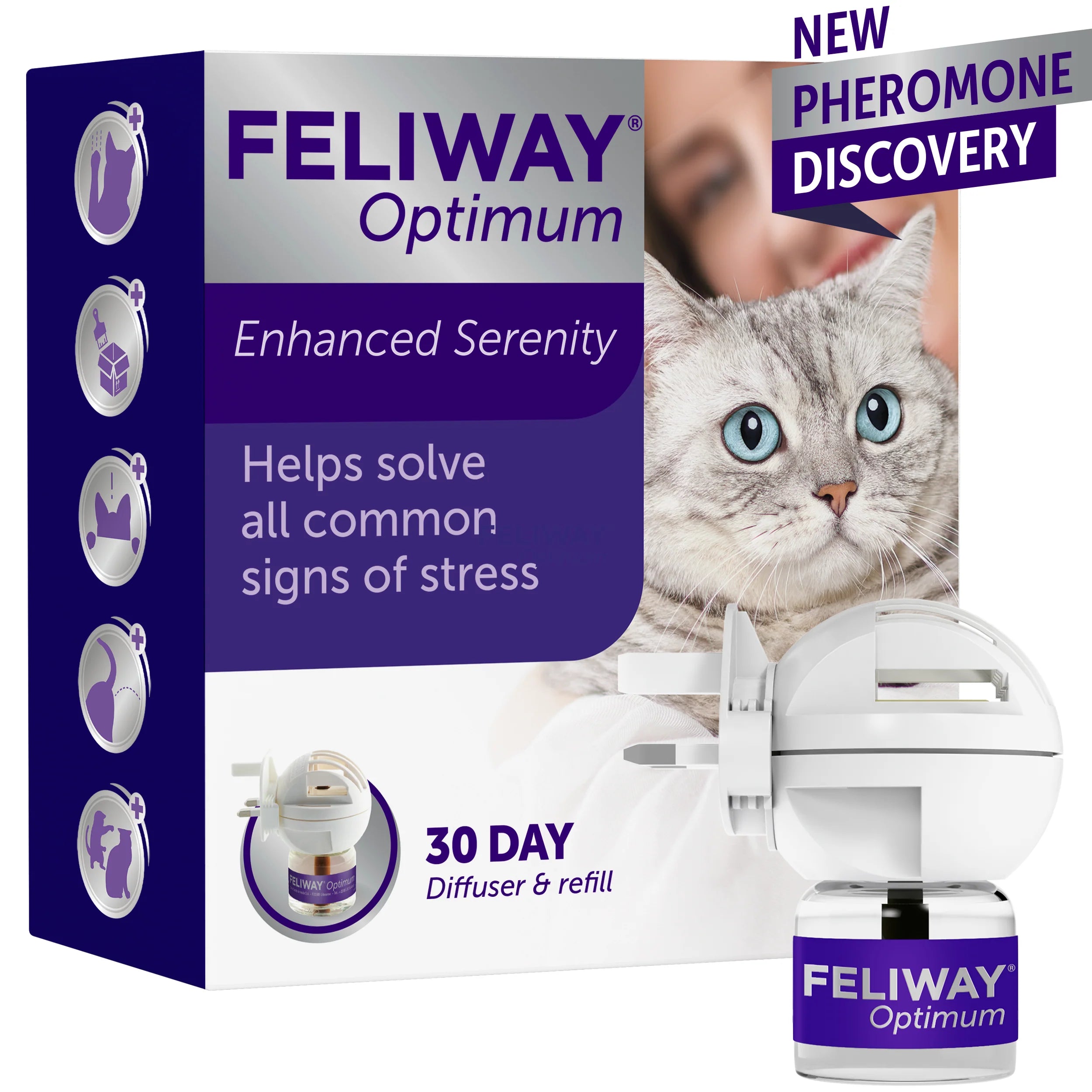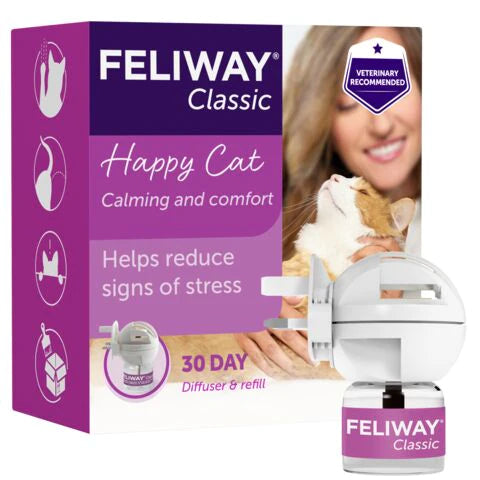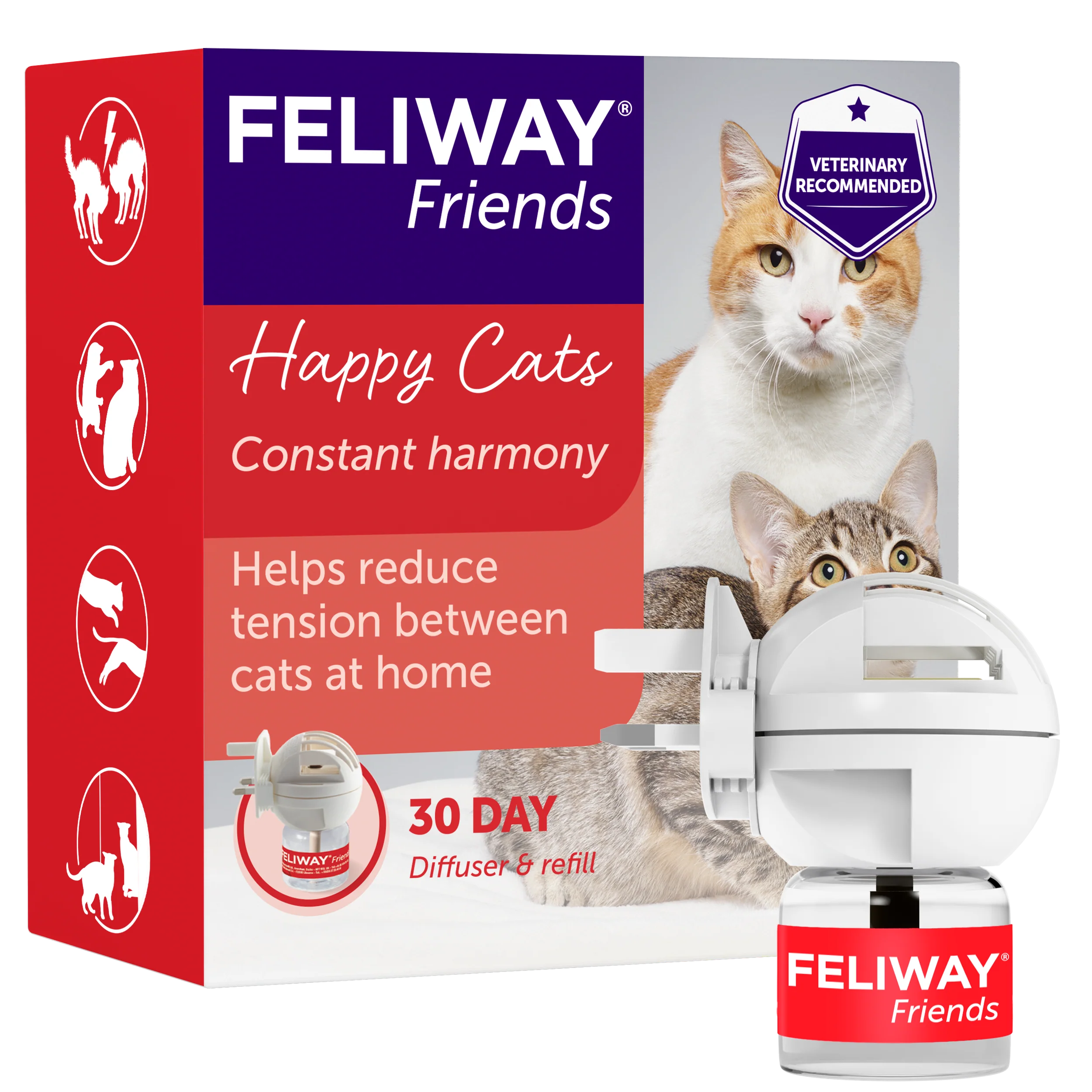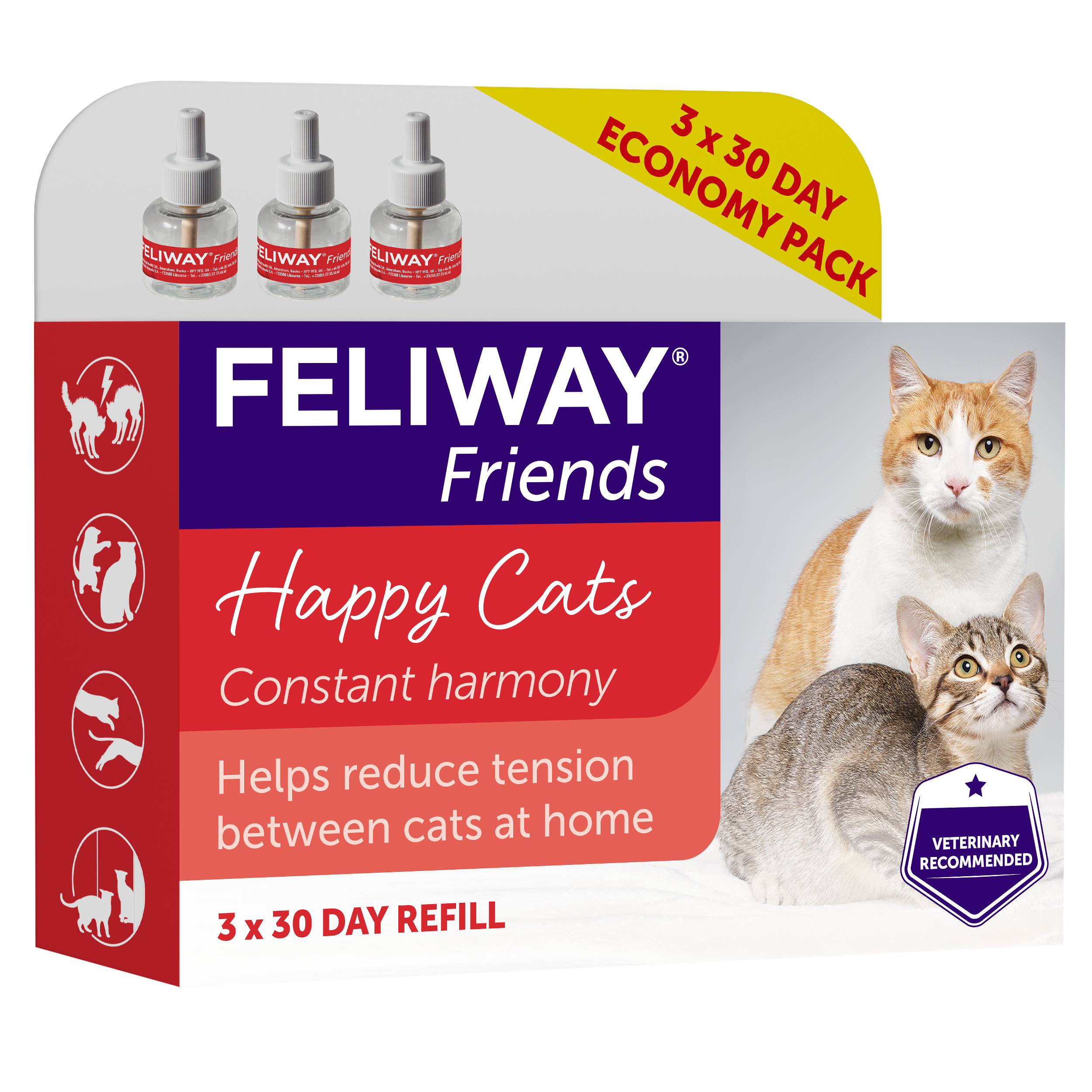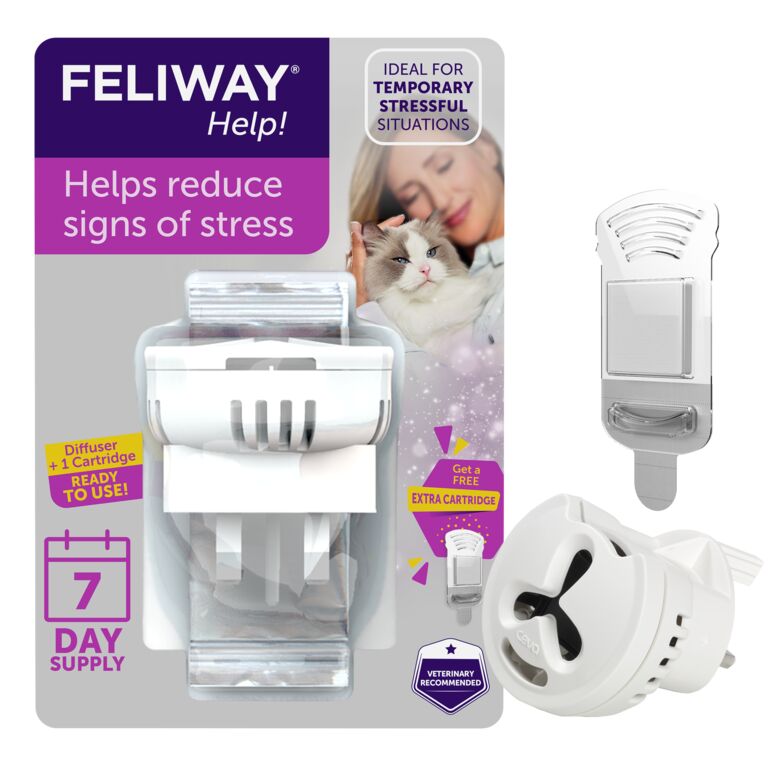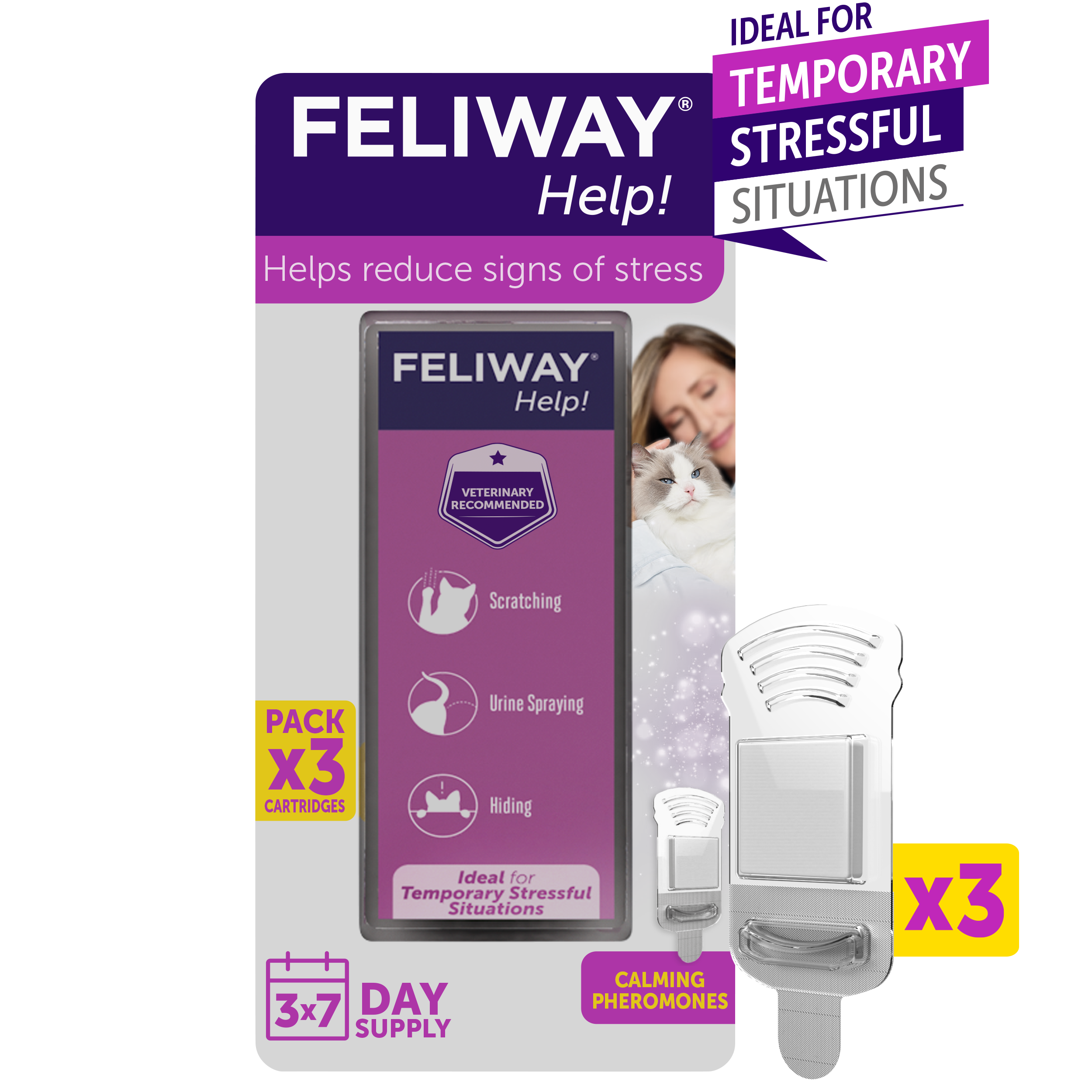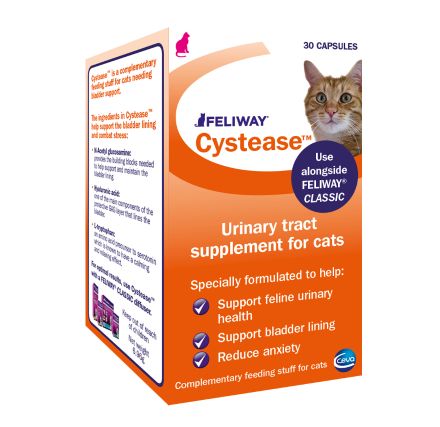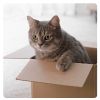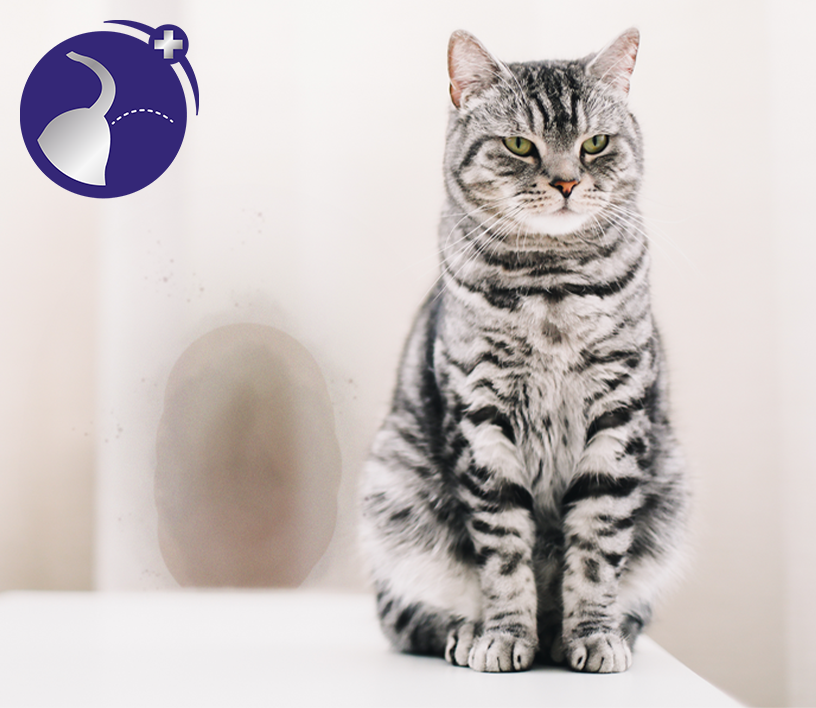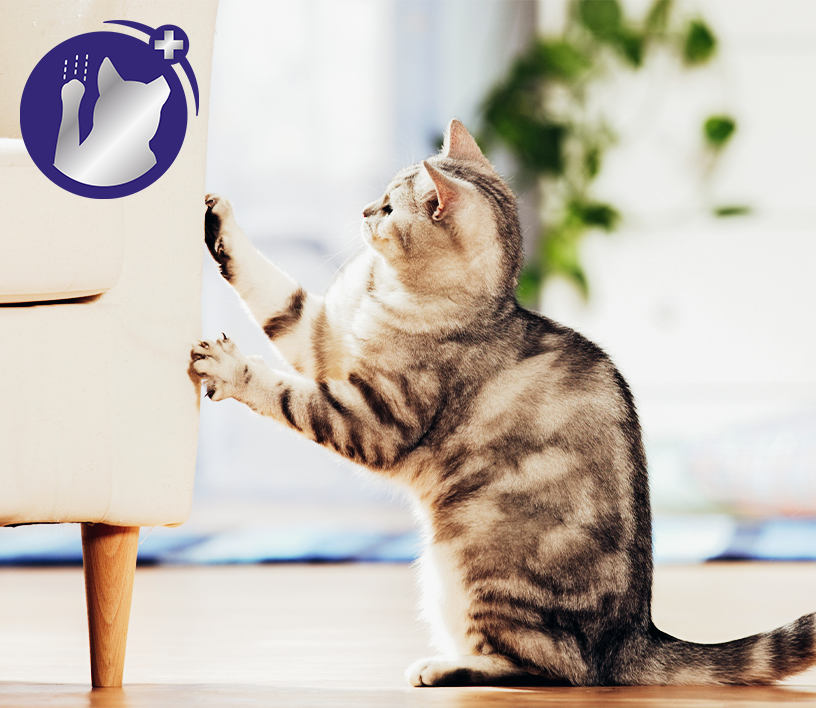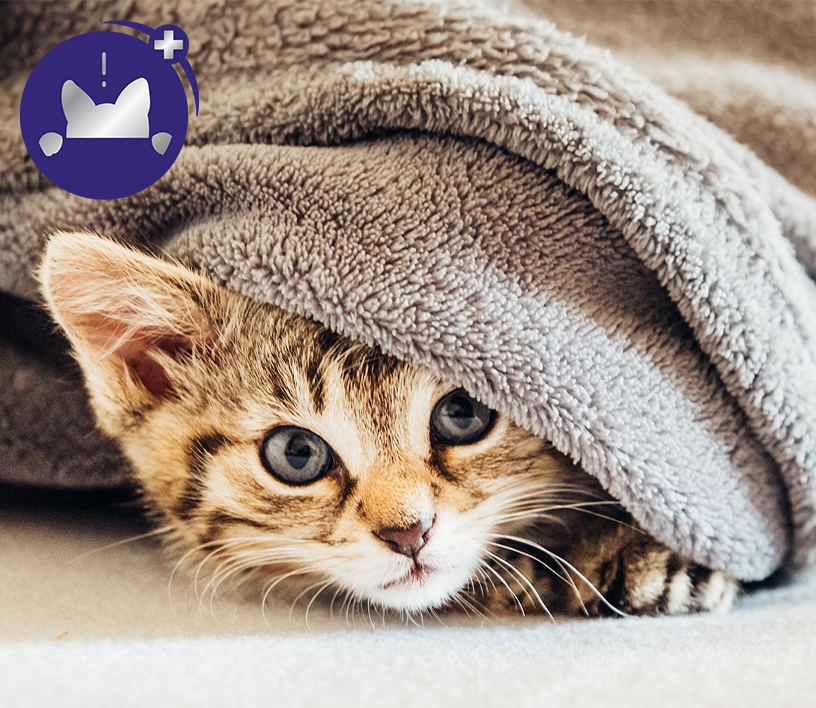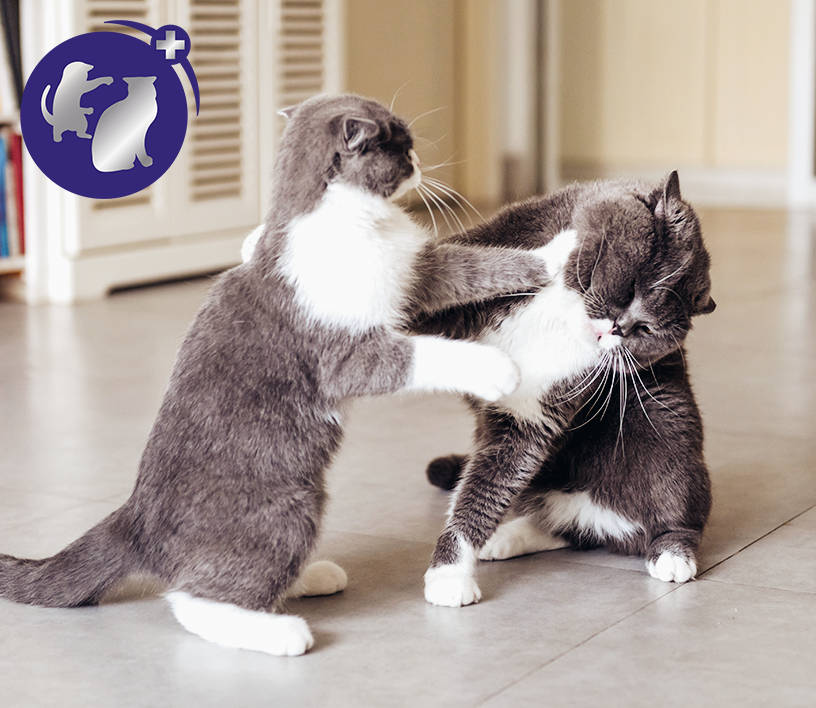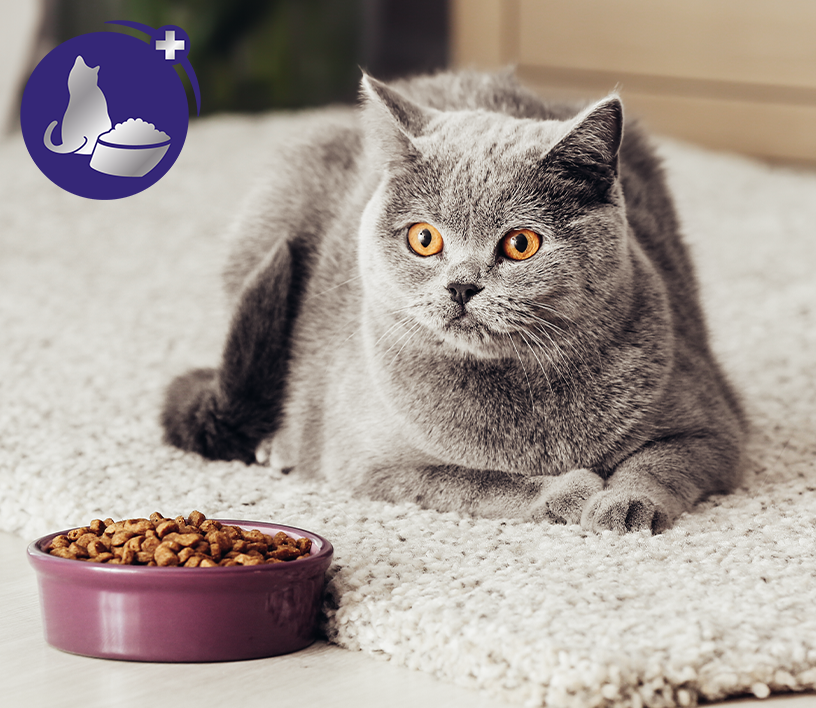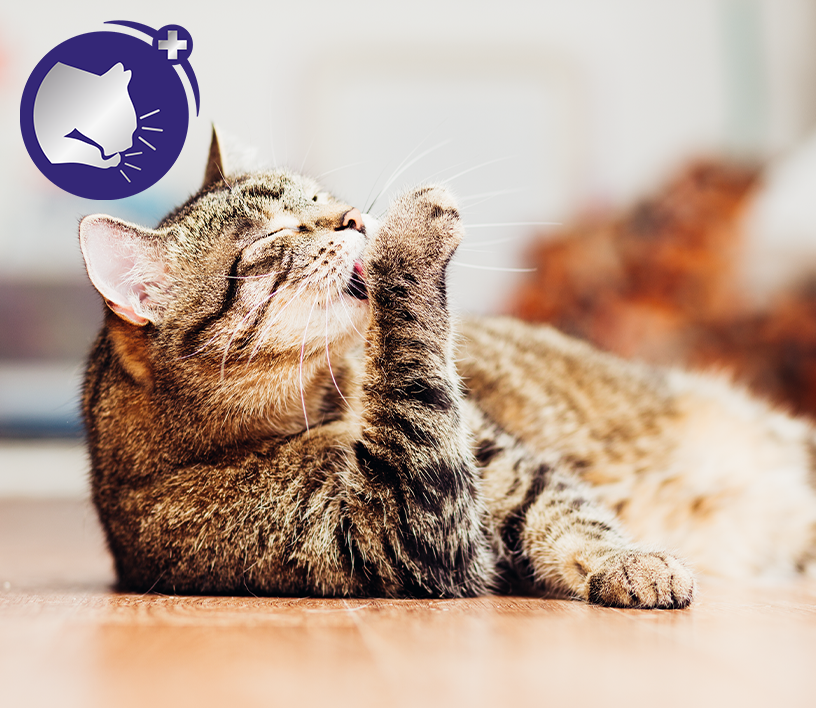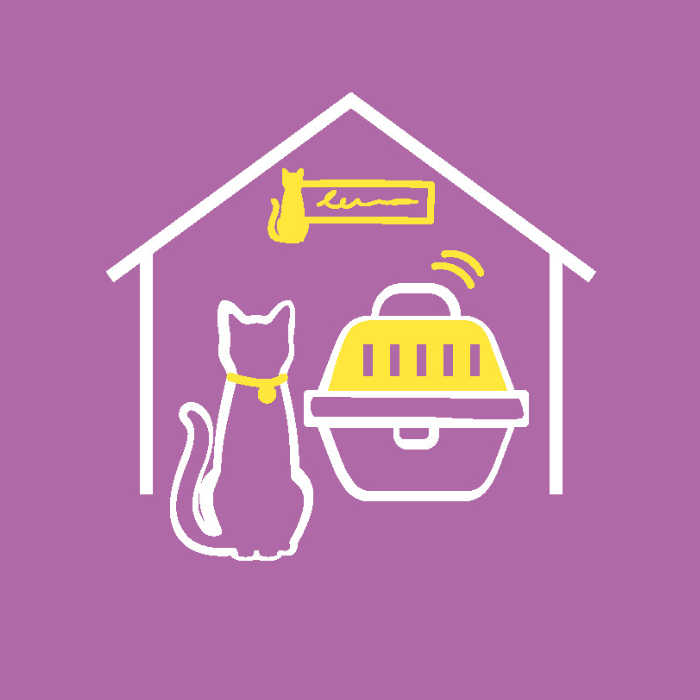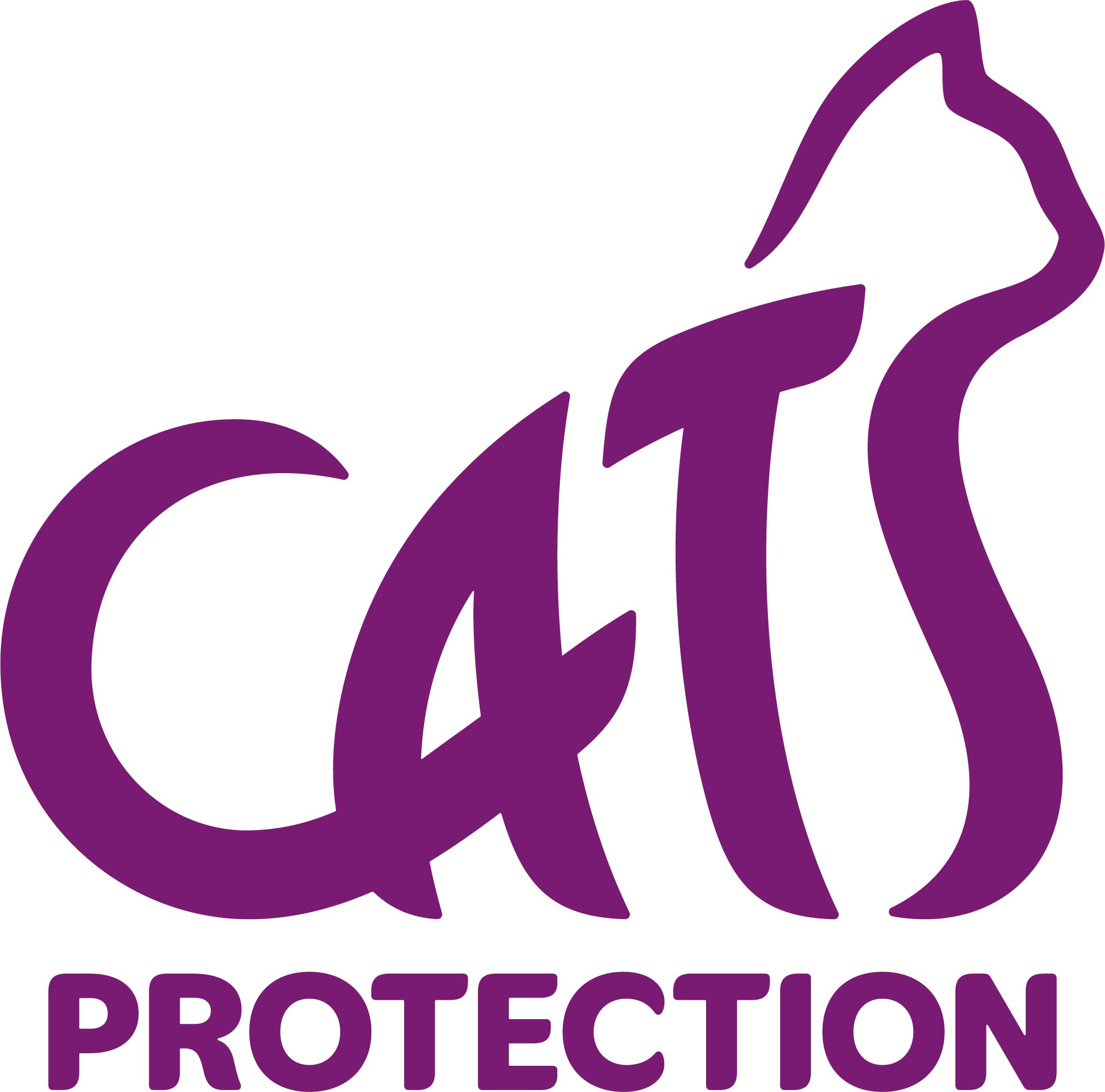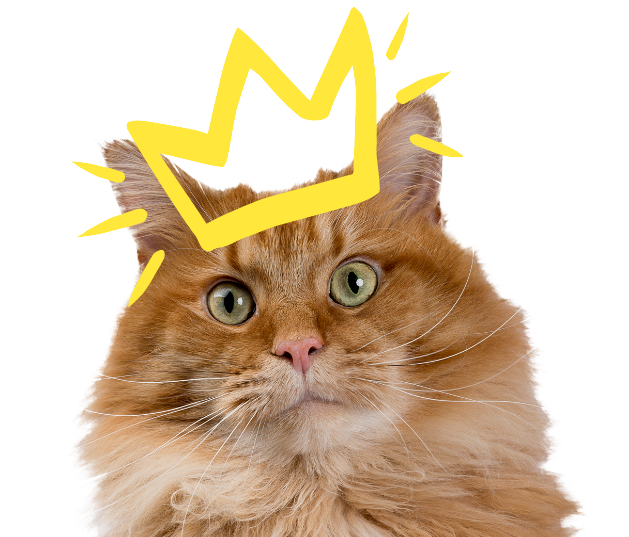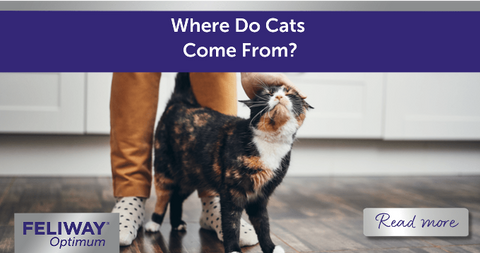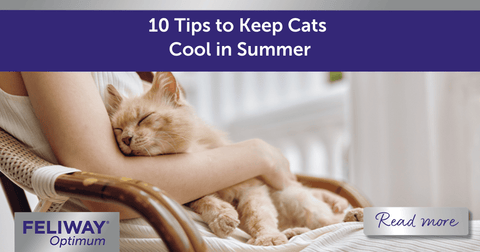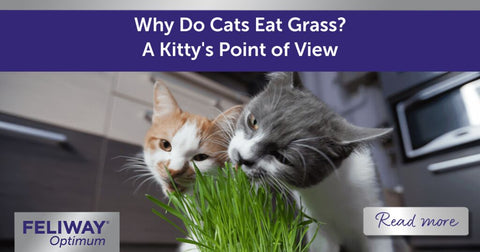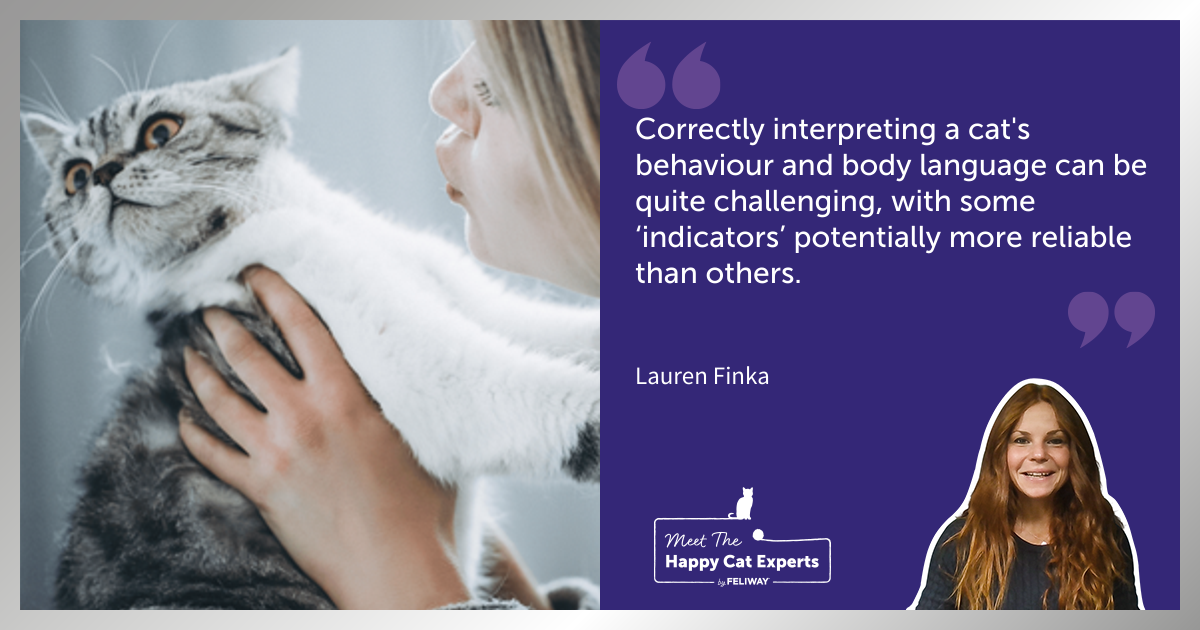
Happy Cat Expert Explains: Signs of Stress and Discomfort in Cats
Being such dedicated and attentive caregivers, we can often feel that we know our cats best. Indeed, we are typically going to be the person most familiar with their behavioural quirks, likes, dislikes and idiosyncrasies. And, while to the unfamiliar, untrained ear, the various meows and purrs uttered by our beloved felines might sound the same, research suggests that as their owners, we are the ones that are best able to decipher their different meanings.
At the same time, however, cats don’t always make it easy for us when communicating their feelings. While some cats are much more expressive than others, all domestic cats are closely related to their wild (and mostly asocial) ancestors. These wildcats typically need to mask obvious signs of illness and pain to avoid being an easy target for predators and other competitors.
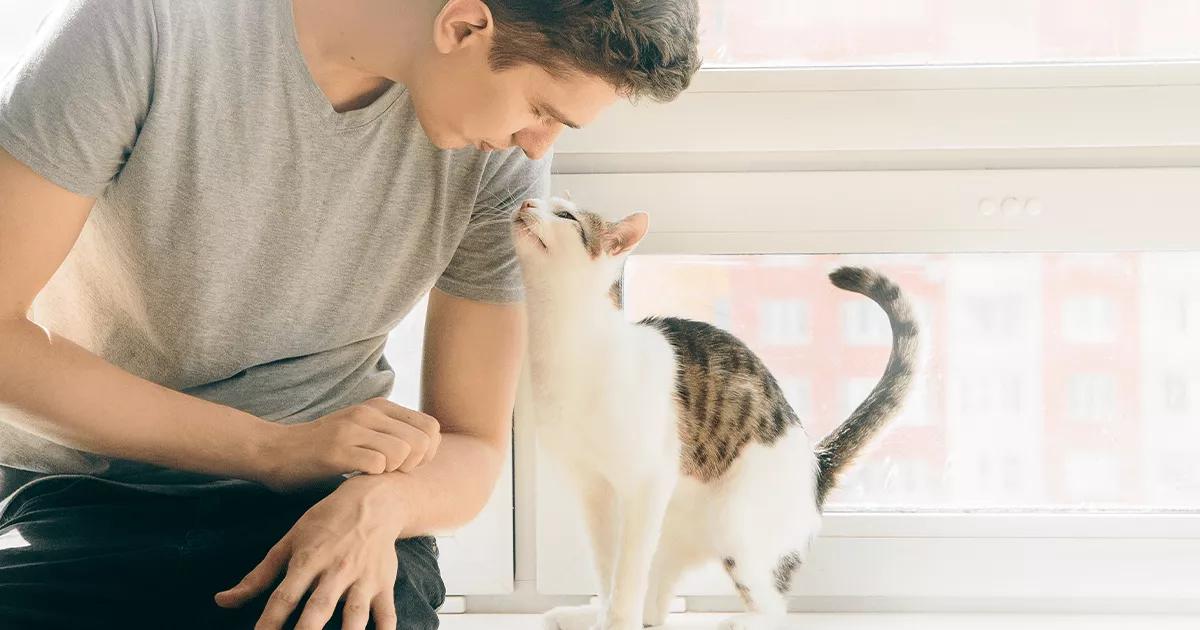
Therefore, our domestic cats have likely inherited similar ‘masking’ abilities and can be subtle when expressing themselves. This means that many of the differences in their behaviour that may be related to their stress or discomfort can be easily missed or misinterpreted.
Indeed, sometimes the same (or very similar) looking behaviours might indicate different things about the cat’s underlying emotional state, depending on the other behaviours they display at the time, or the specific context.
Let’s take the ‘slow blink’ for example. Cats can often be observed performing ‘slow blinks’ (a series of half-blinks, where the eyelids move towards each other, but the eyes do not fully close) when we look directly at them. In many instances, these slow blinks will be accompanied by a relaxed facial expression, body posture, and perhaps the cat approaching us with a raised tail. In these situations, the cat is likely keen to interact, and it is no wonder that these slow blinking behaviours are commonly thought of as the cat essentially ‘blowing us a kiss’..
However, sometimes a cat might perform a similar looking blink in our direction when they have a tense facial expression and body posture. They might appear a little ‘frozen’ or could be actively trying to move away. In this context, the cat is very likely uncomfortable in our presence and is actually trying to avoid interactions with us.
Therefore, correctly interpreting a cat’s behaviour can be quite challenging, especially if we only focus on a single behaviour a cat is performing (such as blinking) rather than looking at the cat’s behaviour more holistically (i.e. their posture and any other behaviours they may display at the same time). Luckily, there are still plenty of (albeit subtle) signs that we can collectively look out for, helping us to make sure we correctly interpret how they may be feeling ‘in the moment’, ensuring we don’t miss any signs they could be stressed or uncomfortable.
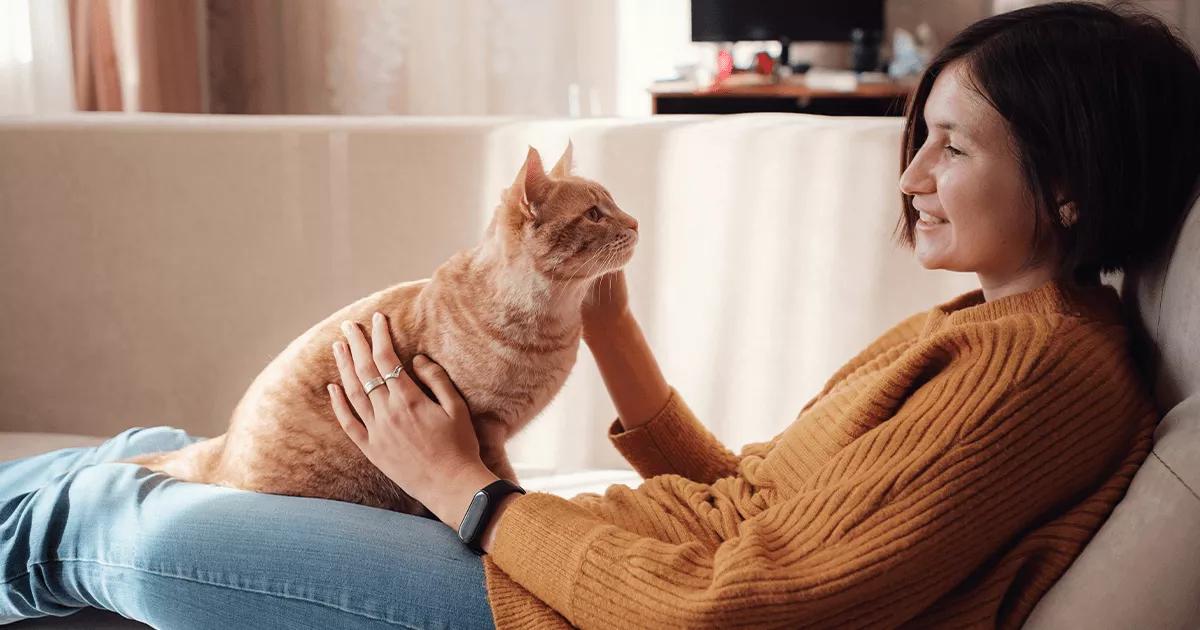
10 signs that a cat is uncomfortable:
1. A vigorously swishing, thumping or twitching tail
When the tail is typically either held off the ground in a horizontal position or is near to or resting on the ground. This is usually a sign of conflict, irritation or frustration.
2. A raised paw
Often when a paw is held motionless and a few inches from the ground. This may mean that the cat is unsure or conflicted about a situation and is not quite sure what to do next.
3. The fur on a cat’s back ripples
This can also be thought of as the fur ‘twitching’. It usually happens when a cat receives stroking or petting that it finds overstimulating or otherwise not to its liking. It may also happen when a cat isn’t being touched but is otherwise feeling uncomfortable in the proximity of a person or perhaps another cat.
4. Head or body shaking
The cat briefly shakes their head or body, usually only a single time. This behaviour may also occur following social interactions where the cat feels a little uncomfortable.
5. Nose licking
The cat will briefly flick their tongue over their nose (but not in response to having just consumed something tasty - so look for this behaviour outside of mealtimes). You might also see nose licking combined with signs 4 and 6.
6. Short rapid grooming
A short, rapid bout of grooming that looks a little ‘out of context’ and the cat seems alert rather than relaxed when performing this.
7. Slowly turning head to one side
This may be accompanied by a yawn when we are looking directly at them but they are feeling unsure about the attention.
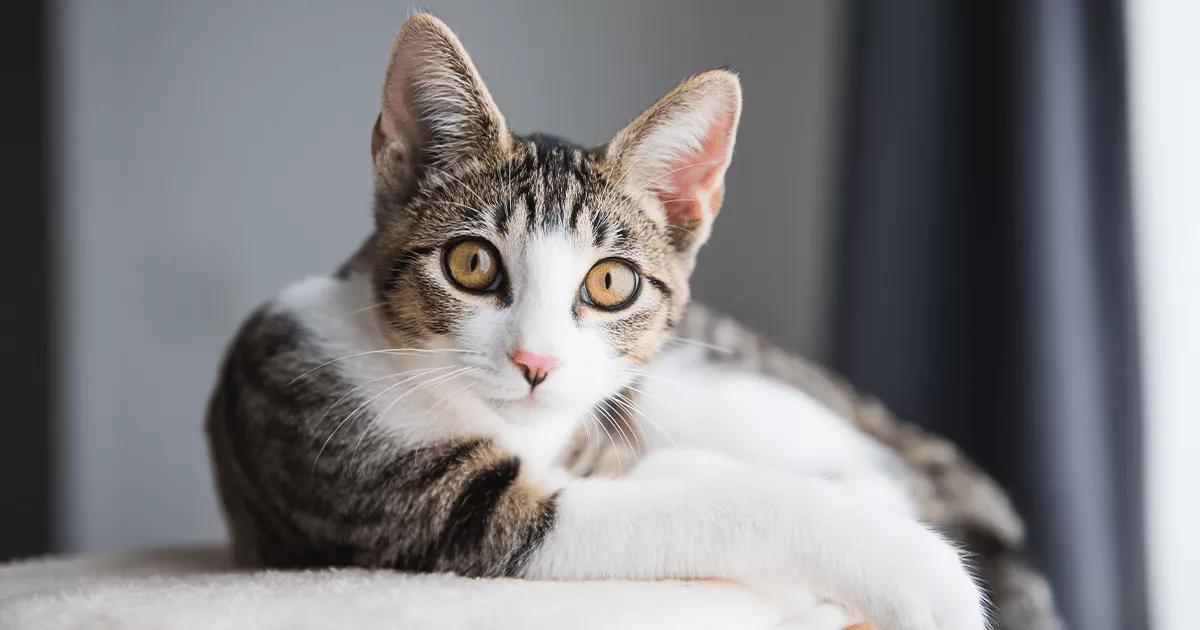
8. Cat walks or angles themselves away from us
This can happen when we (or another cat) are nearby. Here the cat is trying to avoid further interactions because they are feeling uncomfortable.
9. Cat Freezes
If your cat seems to ‘freeze’ or go a bit still, often assuming a tense or alert posture, this is perhaps the point where the cat has reached their ‘threshold’ for being able to cope well and is now feeling anxious, conflicted or generally uncomfortable during social situations. If this behaviour occurs during petting, it may be followed by the cat swiping or biting to tell you to stop!
10. A cat’s ears rotate backwards
Rotated ears may mean the cat is frustrated, whilst ears that take on a more flattened appearance indicate anxiety or fear. Ears that appear both rotated and flattened may indicate the cat is very frightened but also ready to defend itself if necessary.
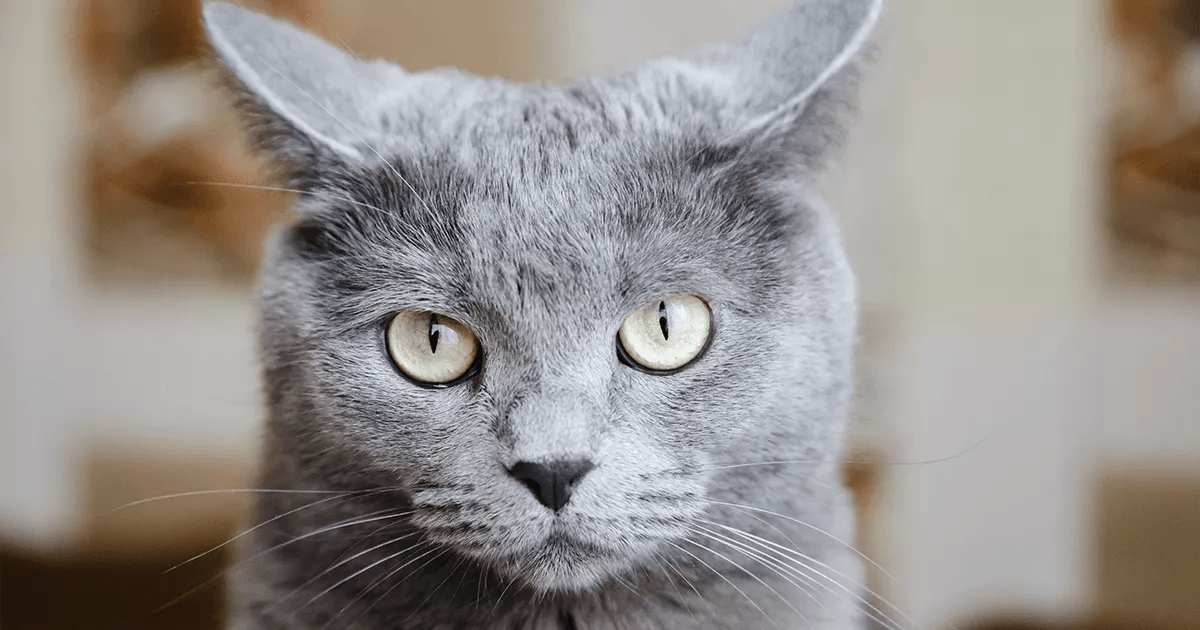
If you notice signs that your cat is uncomfortable, try to identify and resolve the cause. Using FELIWAY Optimum can support a calm environment, help your cat stay serene and help them to cope with signs of stress. Always consult your vet and check for any underlying health conditions which could be contributing.
